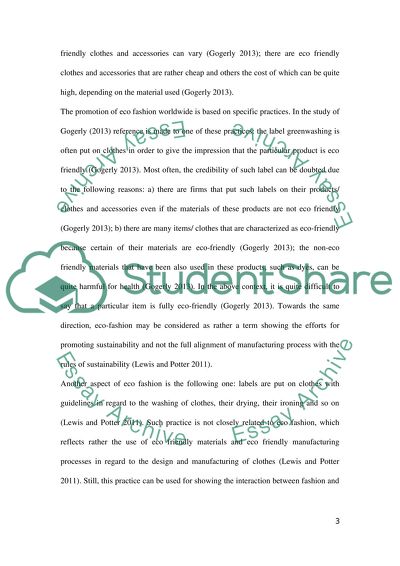Cite this document
(“Eco Fashion, fashionable Essay Example | Topics and Well Written Essays - 2000 words”, n.d.)
Retrieved from https://studentshare.org/visual-arts-film-studies/1616929-eco-fashion-fashionable
Retrieved from https://studentshare.org/visual-arts-film-studies/1616929-eco-fashion-fashionable
(Eco Fashion, Fashionable Essay Example | Topics and Well Written Essays - 2000 Words)
https://studentshare.org/visual-arts-film-studies/1616929-eco-fashion-fashionable.
https://studentshare.org/visual-arts-film-studies/1616929-eco-fashion-fashionable.
“Eco Fashion, Fashionable Essay Example | Topics and Well Written Essays - 2000 Words”, n.d. https://studentshare.org/visual-arts-film-studies/1616929-eco-fashion-fashionable.


